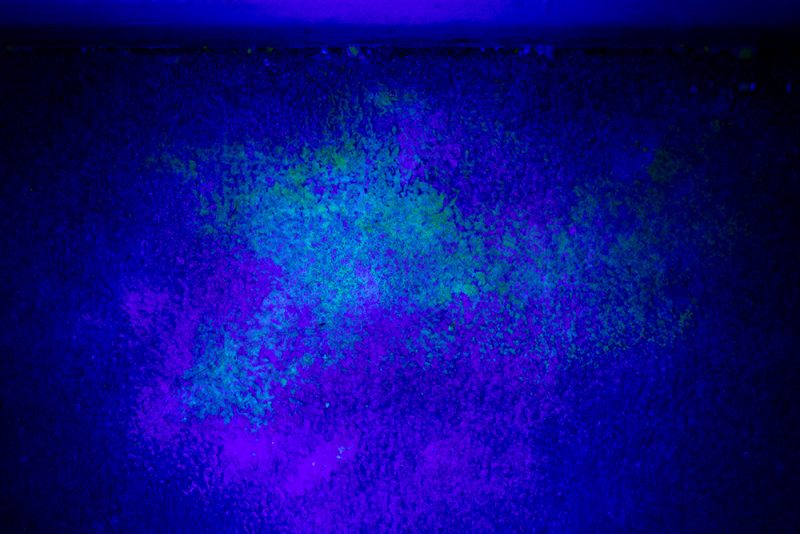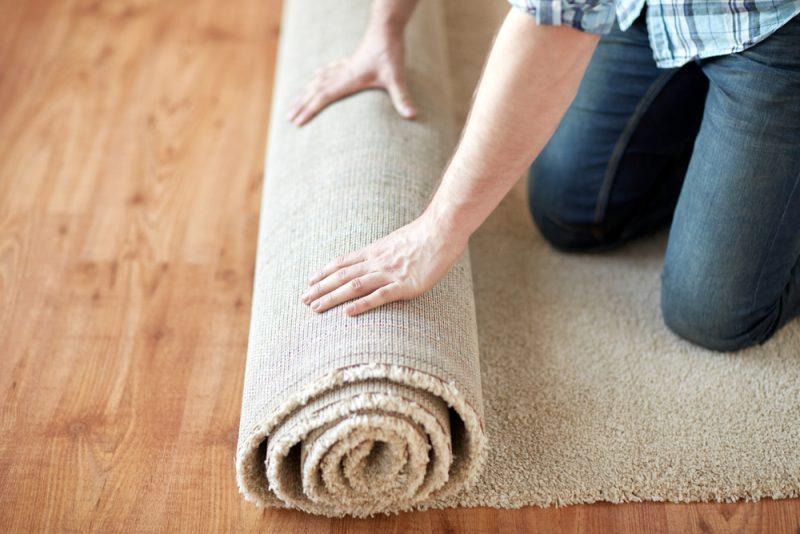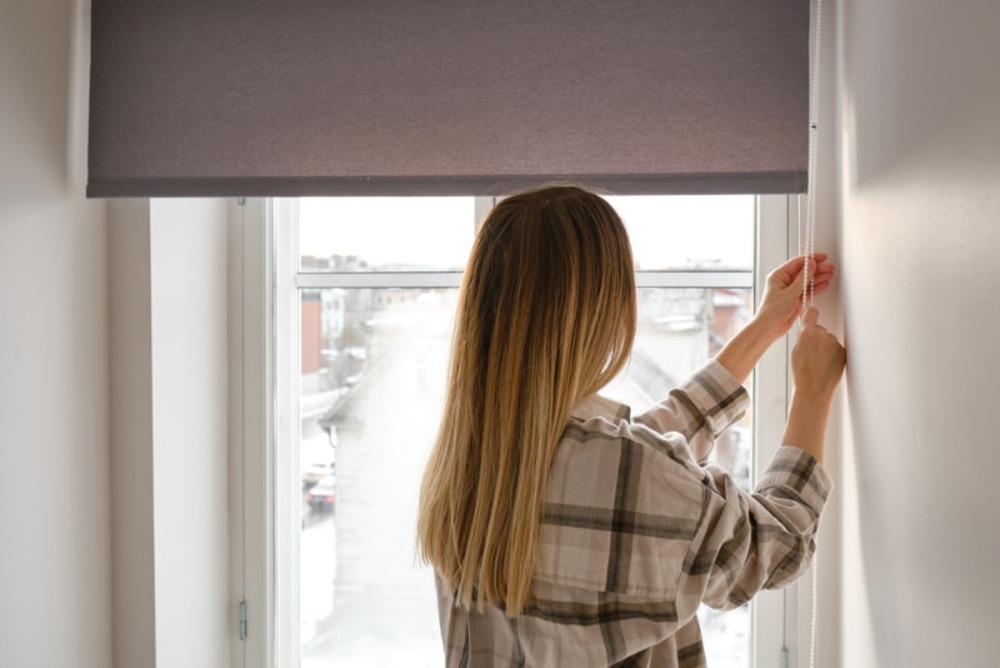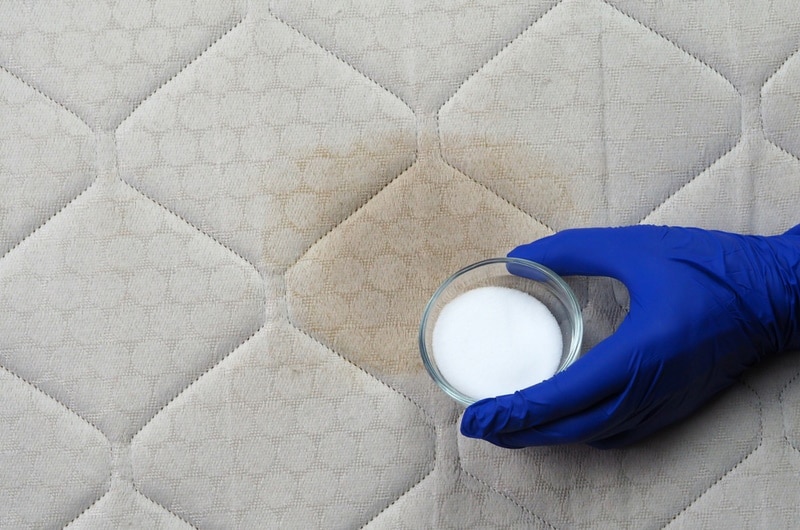For all the joy they bring to the home, one aspect of having a cat that most owners don’t often appreciate is smell. Experienced pet parents know that it only takes one accident in the house to create a pungent smell throughout the house. With their highly concentrated urine that easily soaks into a variety of hard and soft surfaces, cats are capable of producing a long-lasting stench.
Cleaning up cat urine thoroughly and quickly is the only way to keep your home comfortable for family and guests and prevent future accidents. Unfortunately, these stains present unique challenges that many everyday solutions often cannot solve. If you’re ready for a fresher home, we’ll explore five tips and tricks to rid your entire home of cat urine odors.


How To Get Rid Of Cat Urine Smell Throughout Your House
1. Use a Blacklight to Find Old Urine Stains

Sometimes we can smell the location of the cat urine area, but more often than not, the smell seems to come from all directions, leaving us wondering where to begin our cleaning efforts. If you’re having trouble finding the source of the smell, UV light is an easy way to reveal hidden cat urine marks.
How to Use a Blacklight to Find Cat Urine
Blacklights or UV lights can be found at most major retailers. Start by turning off the lights, and closing the curtains to make the room as dark as possible. Then, sweep the light in your room.
Look for glowing yellow or neon green splatter patterns where your cat may have sprayed or peed, often on the underside of walls or furniture. Once you find them, mark the perimeter of the urine stains so you know the area you should cover with your cleaner.
Check for spots where cats may secretly urinate, such as behind or under furniture or behind a dresser. Note that UV light only works on dry cat urine stains, not fresh ones, so they are more practical if the cat urine smell has been around for a day or two.
2. Use an Enzyme Cleaner on cat urine stains

Cat urine is tougher than most stains, so many of our favorite cleaners usually don’t remove them completely. Crystals of uric acid and other odor-causing compounds cement into carpet fibers and furniture.
Many cleaning products do little more than mask the odor, and even the best steamers and carpet cleaners often only remove a small amount of the stain.
The best way for a pet owner to remove the smell of cat urine from the home is with an enzymatic cleaner. Enzyme cleaners like Hepper’s Advanced Bio-Enzyme Pet Stain & Odor Eliminator Spray use active bacteria and enzymes that selectively break down urine components, turning carbon dioxide and other harmless compounds to evaporate.
How to Use Enzyme Cleaners
Enzyme sprays are pet and people-safe and can work on many surfaces without risk of staining or damage. You just need to shake the bottle and soak the area. The enzymes break down the urine particles as they come into contact and continue to work until the urine is gone.
In many cases, you won’t need to blot up the cleanser afterwards, but be sure to follow the directions on your specific product.
3. Pull the Carpet If Needed

Measuring the extent of cat urine is important if you hope to get rid of it completely. You can vacuum carpet to remove stains and odors from the top layer to your satisfaction, but urine that soaks into carpet padding or the subfloor will continue to emit odors and attract your cat for repeated visits. presentation
The same applies to hard floors that can allow urine to seep between the cracks.
Inspect Your Carpet for Urine Damage
Pull your carpet to the corner and inspect for urine damage to the padding. If the padding is saturated or smells like urine, go one step further and check the subfloor underneath. While you can refresh the carpet and remove the smell of cat urine, padding is cheap and difficult to clean.
Replace any carpet padding that smells pungent. If the damage extends to the subfloor, use your enzyme cleaner to break down the urine. Once it’s dry, apply a stain-blocking primer to the wood to prevent stains and odors from spreading.
4. Air Out the House

Cleaning a cat urine stain is the only effective way to get rid of the smell. However, if your home is not even temporary, you have several options to reduce, if not eliminate, the smell quickly and conveniently.
Start by opening all the windows to get a cross-breeze. Turn on any overhead fans, and set up box fans at the windows to push out stale air and pull in fresh air.
5. Sprinkle Baking Soda for Instant Deodorization

If you don’t have an enzyme cleaner but want to get rid of smelly cat stains quickly, a few household staples can provide a temporary refresh. Baking soda is at the top of the list.
Sodium bicarbonate neutralizes acidic and basic odor molecules, making it a versatile all-natural deodorizer in countless situations.
- Baking Soda for Fresh Urine Stains
Baking soda is remarkably helpful as an initial attack for wet pee marks because it absorbs moisture while it removes odor. When sprinkled on a fresh urine mark on a carpet or fabric, it soaks up the stain instead of pushing it deeper into the material, as you might do when you blot stains with a cloth.
If you catch the stain in time, baking soda can save your carpet padding and subfloor until you can apply an enzyme cleaner. If you’re out of baking soda, you can use cornstarch or clean cat litter for a similar effect.
- Baking Soda for Old Urine Stains
Baking soda also makes a great quick fix for dried urine marks that cause odor. The smell of cat urine often recedes but reappears after days, weeks, or even months if it is wetted again. High humidity and liquid spills saturate the embedded uric acid crystals, causing the smell to fill the entire house again.
Sprinkling baking soda on old cat urine will remove its odor while removing the moisture that causes the compounds to reactivate. It may not be a permanent fix or enough to keep your cat from smelling it, but baking soda can save your nostrils in a pinch.


How to Use Baking Soda to Get Rid of Cat Urine Odor

Sprinkle plenty of baking soda on the cat urine stain. Depending on the extent of the stain, let it sit for at least 30 minutes or longer to absorb odors and moisture. When dry, vacuum the powder.
Ideally, powdered materials such as baking soda should be vacuumed using a wet/dry vacuum with a HEPA filter. Fine particulate matter can damage the motor in a standard vacuum and can escape the grip of a standard filter, causing more issues to resolve.


Final Thoughts
Cats are known for occasionally making a mess, and nothing can do more harm to a home than a noxious urine smell. The smell is unexpectedly confusing and persistent, leaving many of us ready to throw in the towel and call a professional.
While extensive damage may require expert intervention, following these tips and tricks to get rid of urine odor will give you the best chance of overcoming the issue with minimal effort and maximum satisfaction. .
Featured Image Credit: Pixel-Shot, Shutterstock

